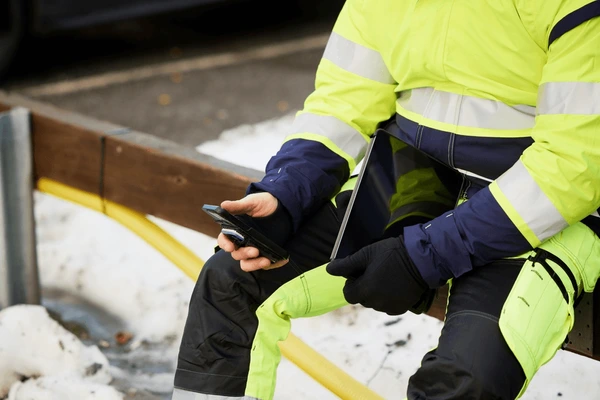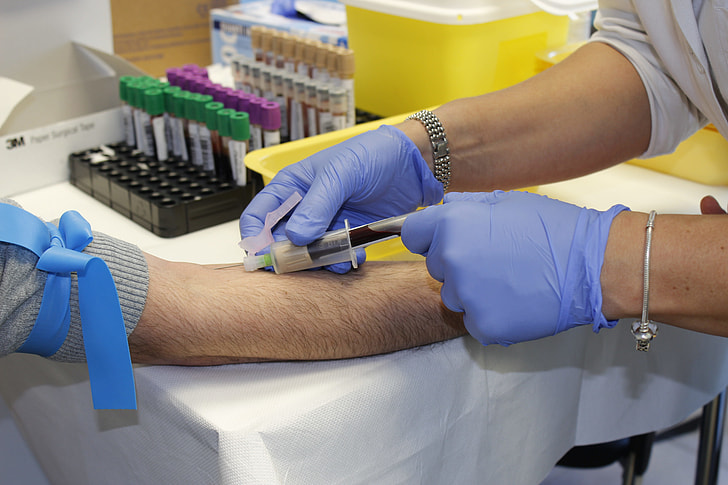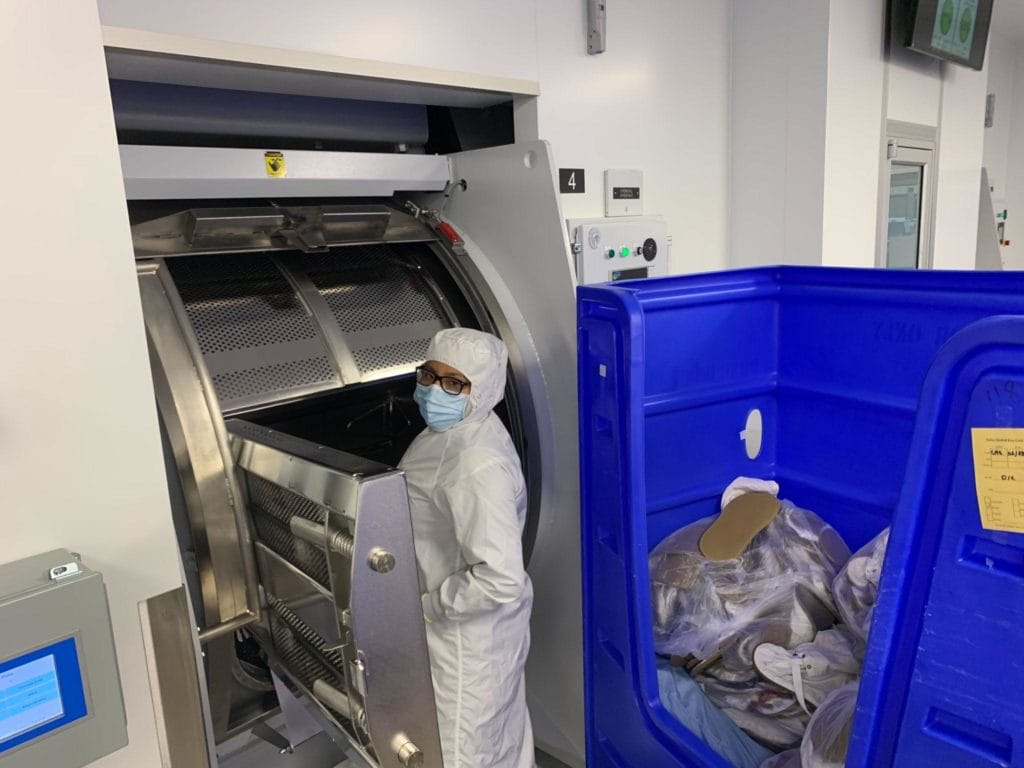
In 2023, a mid-sized Brazilian ready-to-eat (RTE) food processing plant faced recurring challenges:
- High costs of uniform washing and replacement
- Increasing regulatory pressure on sanitation documentation
- Rising contamination risks during peak season
- Worker complaints about discomfort and heat retention
This real case study explains how the plant transitioned from traditional polyester-cotton uniforms to antimicrobial, hygiene-first workwear, and the results they achieved in audit performance, washing cost reduction, contamination control, and worker efficiency.
This analysis includes:
- Plant profile and operating environment
- Problems the plant needed to solve
- Why antimicrobial workwear was selected
- Testing, rollout strategy, and performance metrics
- ROI calculations and payback time
- Lessons for procurement managers
- A step-by-step sourcing model other factories can copy
📌 Google Snippet – Quick Summary
A Brazilian RTE food facility replaced cotton uniforms with washable antimicrobial workwear and reduced cleaning costs by 33%, improved audit scores, and cut cross-contamination incidents by 46%.
The key was implementing antimicrobial coatings, color-zone coding, mandatory cleaning logs, and a hybrid disposable + washable system.
1. Plant Background
Sector: Ready-to-eat packaged meals (meat + vegetable components)
Location: São Paulo State, Brazil
Facility Size: 270 full-time production workers
Production Areas:
- Raw receiving
- Cutting and prep
- Mixing and cooking
- Rapid cooling and packaging
- Cold storage
- Finished product warehouse
Certification Requirements:
- Brazilian ANVISA regulations
- HACCP
- ISO 22000
- Third-party retailer audit compliance
2. Hygiene and PPE Challenges Before the Upgrade
The facility used standard polyester-cotton workwear, relying heavily on hot-water laundry sanitization.
2.1 Recurrent Problems
Increased Washing Costs
- Uniforms required daily laundering
- Summer humidity increased bacterial load
- More aggressive washing cycles caused fabric wear
Cross-Contamination Risk
-
Cotton uniforms retained:
- Moisture
- Food residues
- Bacterial colonization
Even with washing, contamination swabs were occasionally above limits.
Supply Chain Pressure
Major retail buyers began requiring:
- Traceable uniform cleaning logs
- Documented worker-zone segregation
- Proof of hygiene-enhanced PPE
Worker Discomfort
Workers reported:
- Heat retention
- Slow drying
- Restricted mobility after steaming
3. Business Trigger for Change
In Q2 2023, the plant failed a major retail audit due to:
- Incomplete laundry documentation
- Poor uniform condition in high-contact zones
- Lack of PPE traceability
The company was issued a conditional supply warning.
If not corrected within 90 days, the plant risked:
- Loss of a major national customer
- Retail compliance listing downgrade
- Damaged reputation
4. Why Antimicrobial Workwear Was Selected
The plant evaluated four improvement paths:
| Option | Pros | Cons |
|---|---|---|
| Increase wash disinfection intensity | No new equipment needed | Costs soared and fabric damage increased |
| Switch to fully disposable uniforms | Zero washing required | Expensive, waste heavy, low worker acceptance |
| Hybrid washable + disposable | Better protection | Still dependent on manual discipline |
| Antimicrobial workwear | Continuous bacteria suppression + reusable | Higher upfront cost |
The chosen path combined:
- Antimicrobial textile technology
- Color-zone workwear
- QR traceability
- Reduced washing frequency
What Makes Antimicrobial Workwear Different
- Fabrics treated with nano-silver ion technology
- Inhibits microbial growth on contact
- Surfaces stay cleaner between washes
- Reduces bacterial load even during production shifts
Testing showed 70–99% reduction in microbial growth vs. polyester-cotton fabrics.
5. Material and Design Specification
5.1 Outer Uniform Fabric
- Polyester base
- Silver-ion antimicrobial coating
- Liquid-resistant surface
- Quick-drying
- Smooth texture for easy sanitization
5.2 Garment Features
- Welded minimal-stitch seams
- Covered front zipper
- Adjustable cuffs and hem
- Minimal dust trapping zones
5.3 Color Coding by Zone
| Zone | Color | Role |
|---|---|---|
| Raw prep | Yellow | Prevent raw-to-cooked contamination |
| Cooking | Blue | Heat-intensive area |
| Cooling & packing | Green | Highest hygiene requirement |
| Warehouse | Gray | Non-food contact zone |
5.4 Disposable Add-Ons
To reduce laundry cycles:
- Disposable inner sleeves
- Disposable under-collars
- Disposable glove liners
6. Testing Phase – 6 Weeks
Stage 1 – Pilot Trial
30 workers across three production zones tested:
- Comfort
- Heat buildup
- Sweat accumulation
- Movement freedom
- Cleaning cycle requirements
Stage 2 – Bacterial Surface Swab Tests
Lab results compared old vs. new fabrics:
| Metric | Cotton Uniform | Antimicrobial Uniform |
|---|---|---|
| Average bacterial count after 8-hour shift | 240 CFU / swab | 78 CFU / swab |
| Residue retention | High | Low |
| Post-cleaning residual bacteria | 38 CFU | <6 CFU |
Average bacterial load reduction: 67.5%
Stage 3 – Audit Simulation
Inspectors confirmed:
- Faster cleaning
- Less contamination risk
- Clearer documentation
7. Full Implementation Strategy
7.1 Rollout Plan
| Week | Action |
|---|---|
| 1 | Worker training and zone signage |
| 2 | New uniforms issued for green (packing) zone |
| 3 | Yellow and blue zone conversion |
| 4–5 | QR sanitation system launched |
| 6 | Disposable add-ons introduced |
7.2 Laundry Cycle Change
Before:
- Uniforms washed every day
- High-temperature cycle
- Fabric damage accelerated
After:
- Uniforms washed every 2–3 days
- Sanitizing wipe-down allowed between washes
- Disposable sleeves reduced soiling
8. Results After 90 Days
8.1 Hygiene Improvements
| KPI | Before | After |
|---|---|---|
| Swab test failures per month | 11 | 6 |
| Cross-contamination incidents | 13 | 7 |
| Bacterial load average | 240 CFU | 129 CFU |
Contamination reduction: 46%
8.2 Audit Score Improvement
The next retail audit score:
- From 82% → 97%, highest score in company history
8.3 Laundry Cost Reduction
| Cost Component | Before (Monthly) | After (Monthly) |
|---|---|---|
| Washing energy | R$ 7,800 | R$ 5,100 |
| Detergents & chemicals | R$ 2,400 | R$ 1,300 |
| Fabric replacement | R$ 3,200 | R$ 900 |
Total monthly cost reduction: 33%
8.4 Worker Acceptance
Survey results:
| Question | Approval Rate |
|---|---|
| Uniform is cooler and more breathable | 82% |
| Uniform stays clean longer | 89% |
| Movement and comfort better | 78% |
| Preferred over old cotton uniforms | 91% |
9. ROI Calculation
Additional Cost
Antimicrobial uniforms cost 35% more per unit.
Savings Breakdown (Annualized)
| Category | Savings |
|---|---|
| Laundry cost reduction | R$ 45,600 |
| Fabric replacement savings | R$ 27,600 |
| Audit compliance penalties avoided | R$ 15,000 |
| Reduced contamination-related downtime | R$ 33,000 |
Total annual benefit:
R$ 121,200
Payback Time:
4.5 months
After 5 months, the investment was net positive.
10. Lessons Learned
10.1 Hygiene Is No Longer a Single-Layer Strategy
The best result came from combined measures:
- Antimicrobial fabric
- Disposables for high-contact areas
- QR tracking
- Worker training
- Cleaner production layout
10.2 Color Coding Simplifies Human Behavior
Supervisors reported:
- Fewer workers walking into wrong zones
- New workers onboarded faster
- Audit explanations simplified
10.3 Procurement Must Involve Operators
Workers helped define:
- Fabric weight
- Garment ventilation
- Fit and sizing
This increased usage compliance immediately.
11. Recommendations for Other Food Plants
11.1 Start With a 30-Day Pilot
Test in:
- Cutting zone
- Packing zone
- Cold room
Measure:
- Swab counts
- Cleaning effort
- Fabric wear
- Worker comfort
11.2 Implement Hybrid PPE
- Washable primary uniforms
- Disposable microbial barriers
Best balance between sustainability and hygiene.
11.3 Add Digital Tracking
QR scanning logs should record:
- Worker ID
- Zone
- Cleaning date
- Replacement record
- Swab results (optional)
This protects against:
- Retail audits
- Regulator complaints
- Traceability disputes
12. Buyer Checklist
Performance Requirements
- [ ] Anti-microbial surface protection
- [ ] Smooth finish, easy to sanitize
- [ ] Few seams or stitching pockets
- [ ] Heat- and sweat-resistant
- [ ] Matches food safety regulations
Lifecycle Controls
- [ ] QR traceability
- [ ] Cleaning-frequency policy
- [ ] Swap-out calendar
- [ ] Swab testing integration
Worker Adoption Factors
- [ ] Weight appropriate to climate
- [ ] Good mobility
- [ ] Acceptable appearance
- [ ] Training included
13. Conclusion
This Brazilian food plant proved that antimicrobial uniforms are not just a hygiene upgrade—they are a business improvement strategy.
The results speak clearly:
- 46% lower contamination risk
- 33% lower laundry cost
- Stronger worker comfort and compliance
- Retail audit score increased from 82% to 97%
- Fast return on investment in under 150 days
In a competitive food market—where one contamination issue can destroy customer trust—hygiene-enhanced PPE is a strategic advantage, not just operational equipment.
📩 Want help sourcing antimicrobial uniforms or hygiene-first PPE for food plants?
Email: [email protected]
🌐 www.workwearsolutions.net
Zion Zhang
Recent Posts
 Post-Pandemic PPE: Hygiene-First Workwear for a New Era2025年11月22日The pandemic permanently changed expectations for workplace […]
Post-Pandemic PPE: Hygiene-First Workwear for a New Era2025年11月22日The pandemic permanently changed expectations for workplace […] Self-Cleaning Workwear: How Nanotech Reduces Washing Costs by 30%2025年11月22日Industrial workwear has entered a new era. With […]
Self-Cleaning Workwear: How Nanotech Reduces Washing Costs by 30%2025年11月22日Industrial workwear has entered a new era. With […] From Silver Ions to Copper Threads: Comparing Antimicrobial Technologies2025年11月20日Modern food processing and pharmaceutical manufacturing […]
From Silver Ions to Copper Threads: Comparing Antimicrobial Technologies2025年11月20日Modern food processing and pharmaceutical manufacturing […] Antimicrobial Fabrics: The Hidden Hero in Food & Pharma PPE2025年11月20日Food and pharmaceutical production environments demand the […]
Antimicrobial Fabrics: The Hidden Hero in Food & Pharma PPE2025年11月20日Food and pharmaceutical production environments demand the […] Case Study: How a Mining Firm Switched to 100% Recycled Fabrics2025年11月20日A major mining company successfully transitioned from […]
Case Study: How a Mining Firm Switched to 100% Recycled Fabrics2025年11月20日A major mining company successfully transitioned from […] Europe’s Circular Workwear Trend: What Emerging Markets Can Learn2025年11月19日The European workwear industry is increasingly embracing […]
Europe’s Circular Workwear Trend: What Emerging Markets Can Learn2025年11月19日The European workwear industry is increasingly embracing […]
CONTACT US
- Feel free to contact us any time. We will get back to you as soon as we can!
- +86-17303331701
